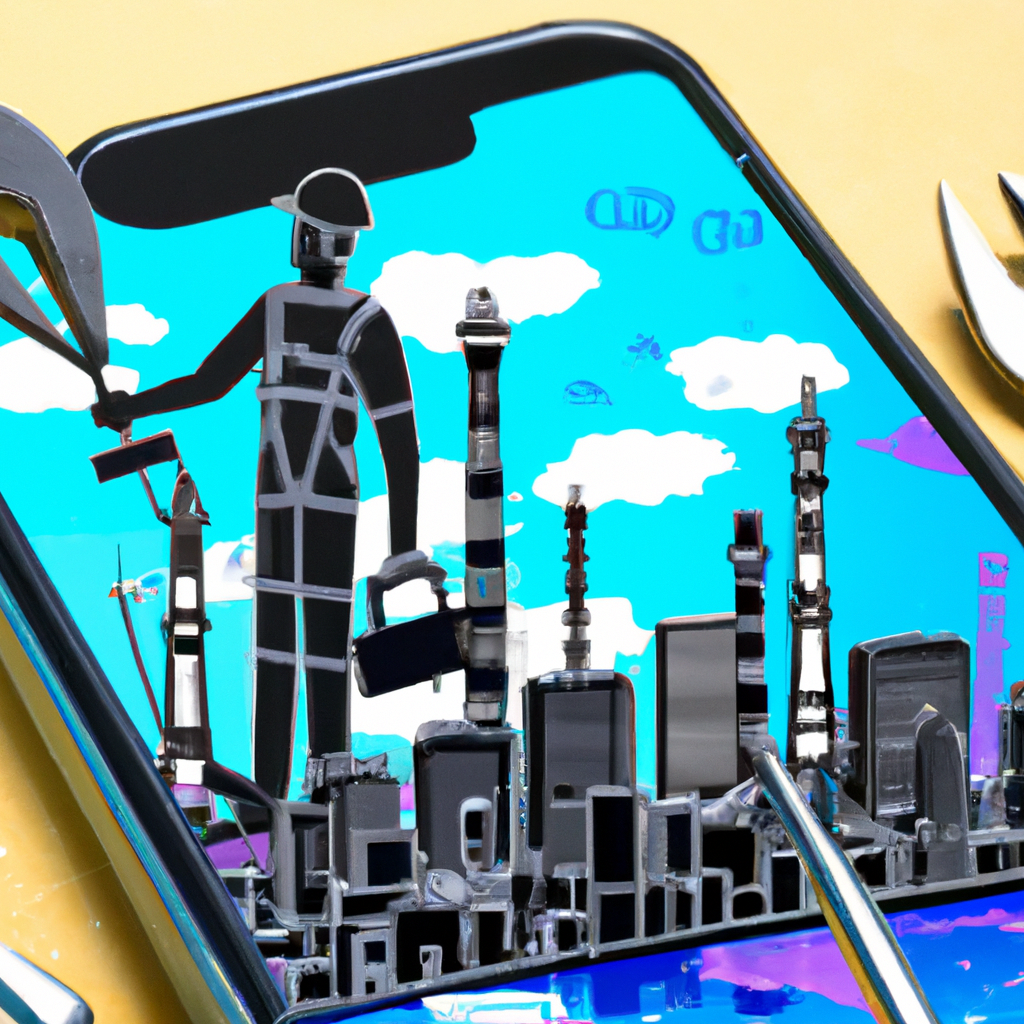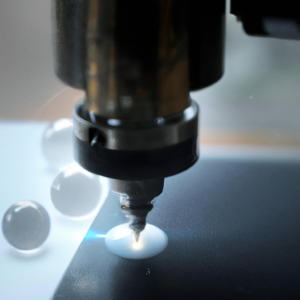Trends in Sustainable Manufacturing for the Future
As global awareness of environmental issues continues to grow, the manufacturing industry stands at the forefront of a transformative era. Sustainable manufacturing is no longer a choice but a necessity, driven by both regulatory requirements and consumer expectations. This article explores the key trends shaping the future of sustainable manufacturing, providing insights for industry professionals looking to stay ahead in a rapidly evolving landscape.
1. Emphasis on Circular Economy
The circular economy model is gaining significant traction within the manufacturing sector. Unlike the traditional linear economy, which follows a ‘take, make, dispose’ approach, the circular economy emphasizes resource efficiency by designing products with their entire lifecycle in mind. This includes initiatives like recycling, remanufacturing, and reusing materials to minimize waste.
Manufacturers are increasingly adopting practices such as designing for disassembly, using biodegradable materials, and implementing take-back schemes. These strategies not only contribute to environmental conservation but also often lead to cost savings and open new revenue streams by creating secondary markets for recycled products.
2. Adoption of Advanced Technologies
Technology plays a pivotal role in advancing sustainable manufacturing. Innovations such as the Internet of Things (IoT), artificial intelligence (AI), and blockchain are being leveraged to enhance efficiency and reduce waste. For instance, IoT sensors can monitor energy usage in real-time, enabling manufacturers to optimize processes and reduce consumption.
AI-driven systems are being used to predict maintenance needs, thereby reducing downtime and extending the life of machinery. Blockchain technology, on the other hand, is being employed to improve transparency and traceability in supply chains, ensuring that materials are sourced sustainably.
3. Transition to Renewable Energy
The shift towards renewable energy sources is a critical aspect of sustainable manufacturing. With the cost of solar, wind, and other renewable energies continuing to decrease, more manufacturers are investing in these technologies to power their operations. This transition not only helps reduce carbon footprints but also protects companies from the volatility of fossil fuel markets.
Furthermore, initiatives such as power purchase agreements (PPAs) and on-site renewable energy generation are becoming commonplace. These strategies enable manufacturers to either purchase renewable energy directly or generate it on-site, further aligning their operations with sustainability goals.
4. Sustainable Supply Chain Management
A sustainable supply chain is crucial for achieving overall sustainability in manufacturing. Companies are increasingly scrutinizing their supply chains to ensure ethical sourcing of materials and labor. This involves collaborating with suppliers to improve environmental performance and adopting standards such as the Global Reporting Initiative (GRI) and the Carbon Disclosure Project (CDP).
Moreover, digital supply chain management solutions are being used to increase visibility and efficiency. These tools help track and analyze supply chain data, enabling manufacturers to make informed decisions that minimize environmental impact.
5. Focus on Eco-friendly Product Design
Product design plays a significant role in sustainable manufacturing. Companies are rethinking their design processes to incorporate sustainability from the outset. This includes selecting sustainable materials, reducing resource use, and ensuring products are easy to recycle or repurpose at the end of their lifecycle.
Eco-design is becoming a standard practice, with more companies investing in research and development to innovate eco-friendly products. This not only meets the growing consumer demand for green products but also complies with increasingly stringent environmental regulations.
Conclusion
The future of manufacturing lies in sustainability. By embracing the trends outlined above, manufacturers can not only reduce their environmental impact but also achieve economic benefits through cost savings and new business opportunities. The path to sustainable manufacturing requires commitment and innovation, but the rewards are substantial—for the environment, for consumers, and for the industry itself.
As we look to the future, it’s clear that sustainable manufacturing is not just a trend but a necessary evolution. By staying informed and proactive, manufacturing professionals can play a crucial role in shaping a sustainable future for generations to come.









